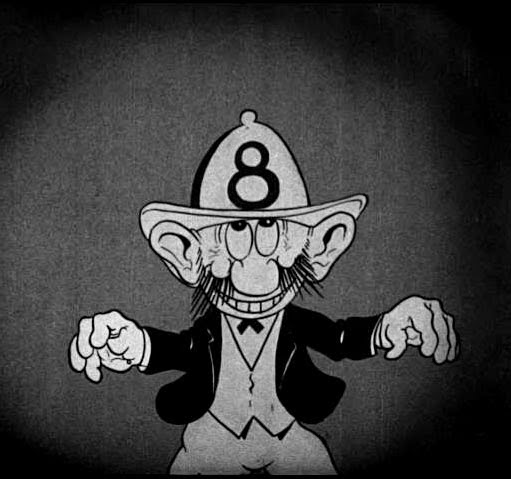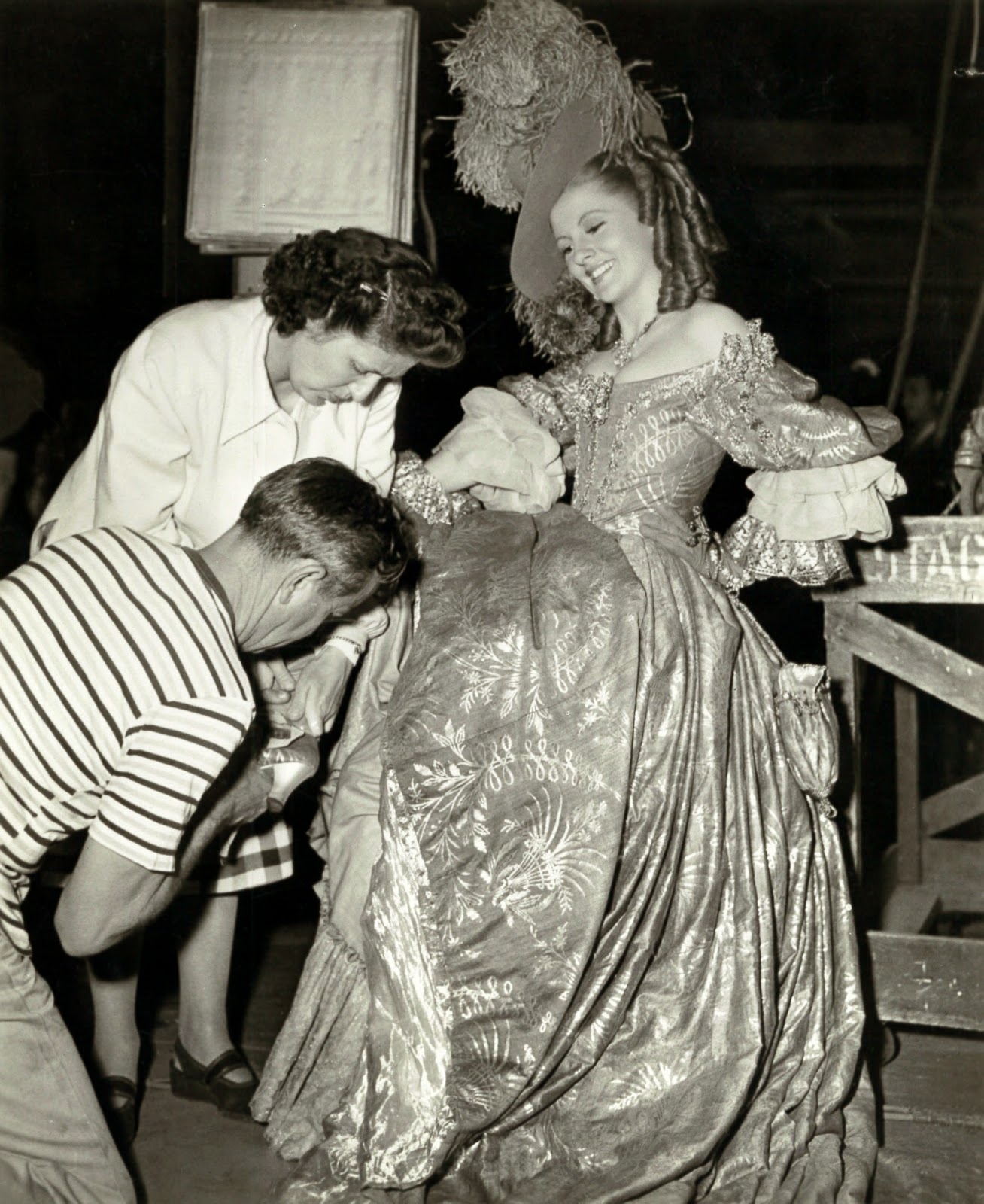Republic Tries a Whodunit
Ellery Queen Solves The Spanish Cape Mystery (1935)
Republic does Ellery Queen, and it's darn good. Everyone thinks of that outfit in galloping or cliffhanger terms, but there were stabs at a mainstream, many turning up on Netflix and not a few of interest for those who've pigeonholed the Yates factory too long. Besides, it not as though we can see Ellery Queen elsewhere, the























































